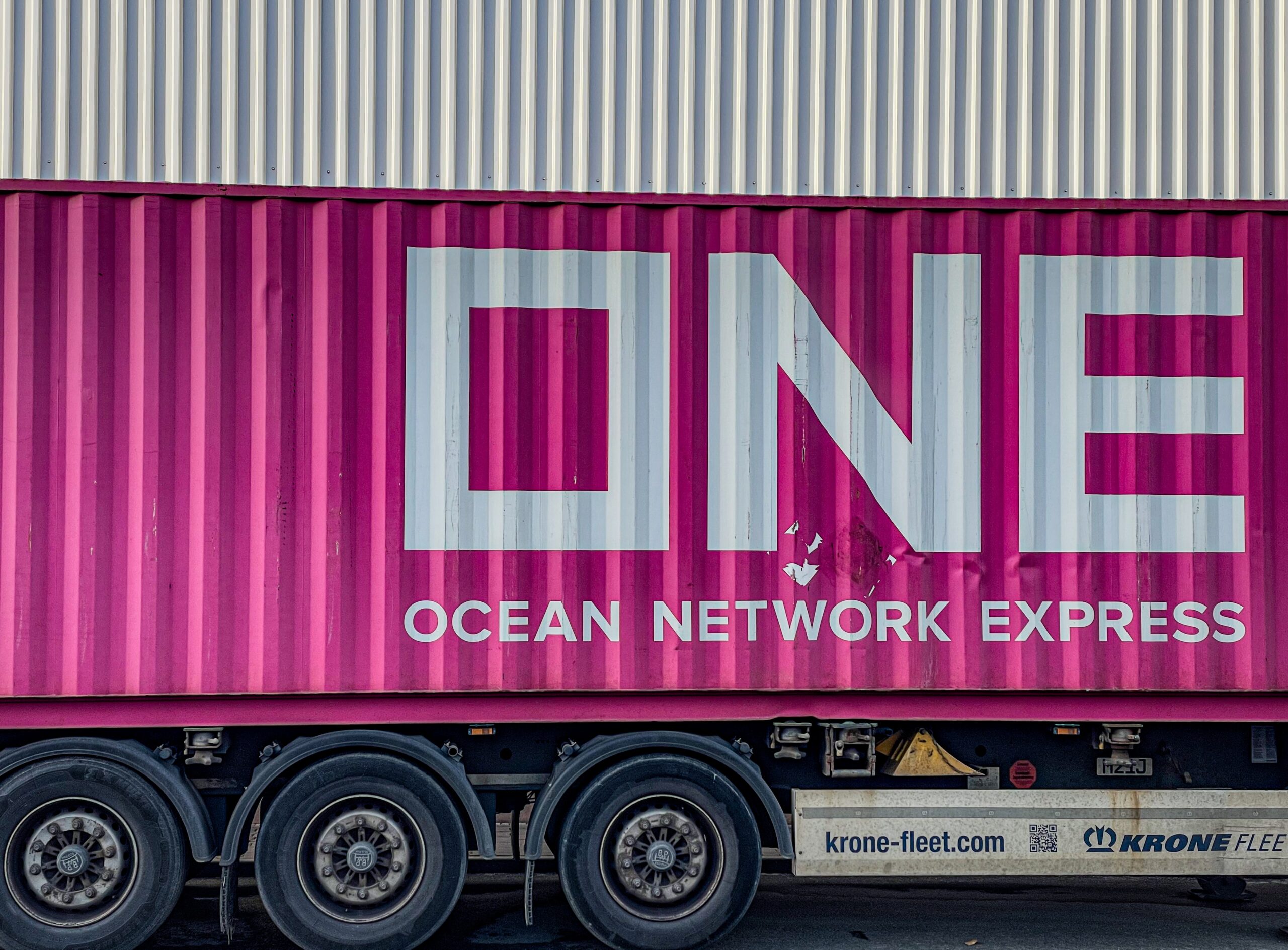In recent years, containerization and microservices have emerged as two of the most popular trends in software development. While they are often discussed separately, they are actually a perfect match when used together. In this article, we will explore how containerization and microservices complement each other and why they are a winning combination for modern application development.
What is Containerization?
Containerization is a method of packaging and deploying software applications along with their dependencies into lightweight, isolated environments called containers. These containers provide a consistent and reproducible runtime environment, ensuring that the application runs the same way regardless of the underlying infrastructure.
Containers are built using containerization platforms like Docker, which provide tools and libraries to create, manage, and deploy containers. They encapsulate the application and its dependencies, including the operating system, libraries, and runtime environment. This means that the application can be run on any machine that has a compatible containerization platform, without worrying about compatibility issues.
What are Microservices?
Microservices, on the other hand, are an architectural approach to building applications as a collection of small, loosely coupled services. Each service is responsible for a specific business capability and can be developed, deployed, and scaled independently. These services communicate with each other through well-defined APIs, often using lightweight protocols like HTTP or messaging systems.
The microservices architecture promotes modularity, scalability, and agility. It allows teams to work on different services in parallel, enabling faster development and deployment cycles. It also provides flexibility in choosing the technology stack for each service, as long as they can communicate through the defined interfaces.
The Benefits of Combining Containerization and Microservices
When containerization and microservices are combined, they offer several benefits:
1. Portability and Consistency
Containerization ensures that the application runs consistently across different environments, regardless of the underlying infrastructure. This makes it easier to develop and test microservices independently, as they can be packaged into containers and deployed on any machine with a compatible containerization platform.
2. Scalability and Resource Efficiency
Containers are lightweight and have minimal overhead, allowing for efficient resource utilization. This makes it easier to scale individual microservices based on demand, without affecting other services. Containers can be quickly deployed and provisioned, enabling rapid scaling and efficient resource allocation.
3. Isolation and Fault Tolerance
Containers provide isolation between services, ensuring that a failure in one service does not impact others. If a service crashes or becomes unresponsive, it can be easily restarted or replaced without affecting the rest of the application. This fault tolerance is crucial in a microservices architecture, where failures are expected and need to be handled gracefully.
4. Deployment and Operations
Containerization simplifies the deployment and operations of microservices. Containers can be easily deployed, managed, and orchestrated using containerization platforms like Kubernetes. They provide features like service discovery, load balancing, and automated scaling, making it easier to manage and monitor a large number of microservices.
Challenges to Consider
While the combination of containerization and microservices offers many benefits, there are also some challenges to consider:
1. Complexity
Managing a large number of containers and microservices can be complex, especially when they are distributed across multiple machines or clusters. It requires careful planning, monitoring, and coordination to ensure the smooth operation of the application.
2. Networking and Communication
Microservices rely heavily on network communication, and managing the network infrastructure can be challenging. It is important to design and implement a robust network architecture that can handle the increased traffic and ensure reliable communication between services.
3. Security and Compliance
With the increased complexity and distribution of services, ensuring the security and compliance of the application becomes more challenging. It is important to implement proper security measures, such as access control, encryption, and monitoring, to protect the application and its data.
Conclusion
Containerization and microservices are a perfect match for modern application development. They offer portability, scalability, fault tolerance, and simplified operations. While there are challenges to overcome, the benefits outweigh the drawbacks, making containerization and microservices a winning combination for building and deploying scalable and resilient applications.





